China's hunger for art in spotlight
By Liu Lian ( China Daily ) Updated: 2014-03-14 09:32:26The government's initiative to increase museums in China has prompted a boom in exhibition space in recent years. "There are nearly 4,000 museums in China compared with 25 museums in 1945," says Fiammetta Rocco, culture editor of The Economist.
Jeffrey Johnson, founder of China Megacities Lab at the Graduate School of Architecture, Planning, and Preservation at Columbia University, says: "That might be only a quarter of the number of museums in the United States, but you have to place it in context to understand the magnitude of what is happening in China."
Last year, 451 new museums opened in China, according to the China Museum Association. There were roughly 30 museums built each year during the boom of new museums in the United States in the early 1990s.
The Western artistic world has developed as an ecology over hundreds of years, in terms of how the scholarship, institutions, museums, magazines, critics, curators and nonprofits relate to the market and how they fit into one another, says Colin Chinnery, artistic director of Wuhan Art Terminus.
"But in China, art has become another investment vehicle after real estate investment. The investment side of art grew much faster than the scholarship and the critics-the artistic side. Whereas one side grows dramatically, growth of the other side takes time, which leads to the imbalance of the Chinese art system," he says.
"One thing that often strikes me is the incredible curiosity of Chinese people to learn, from the artists to the ordinary people. That's how contemporary art evolved," says Karen Smith, director of OCT Contemporary Art Terminal in Xi'an.
"What makes me most hopeful is the audiences of the future are today's young people," she says.
|
|
|
|
|
|
|
|

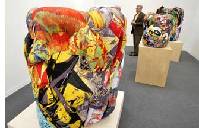


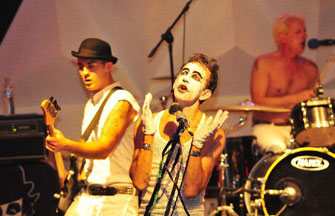
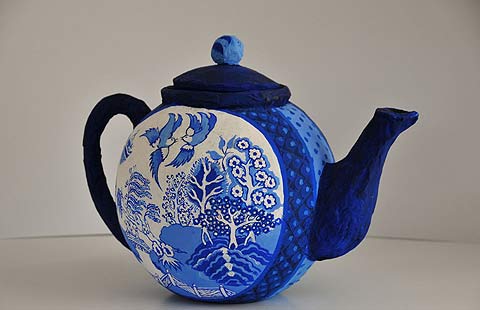
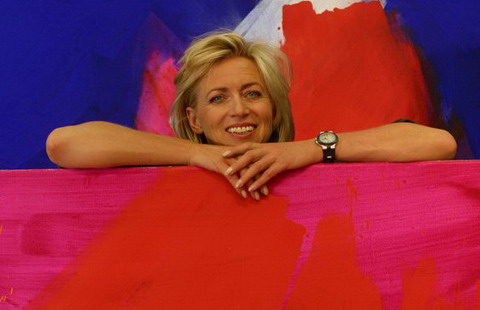

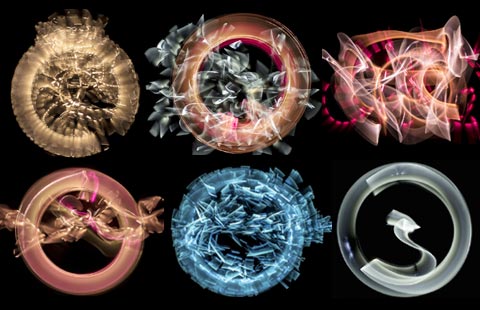
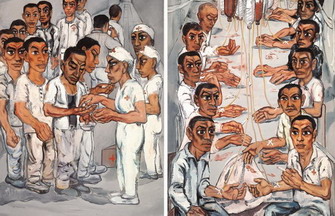


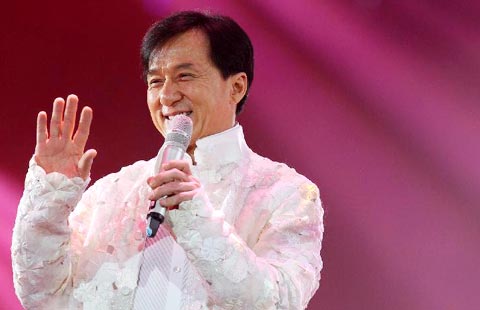











 Raymond Zhou:
Raymond Zhou: Pauline D Loh:
Pauline D Loh: Hot Pot
Hot Pot Eco China
Eco China China Dream
China Dream China Face
China Face





